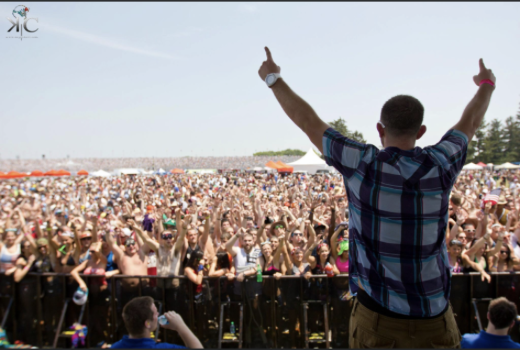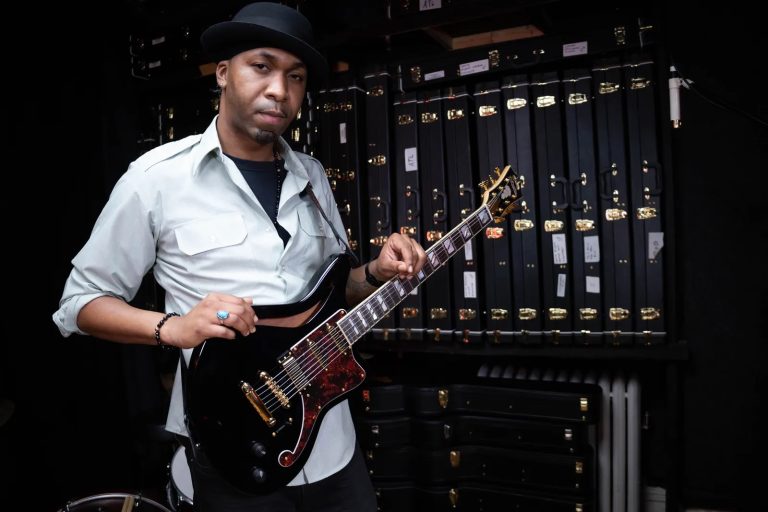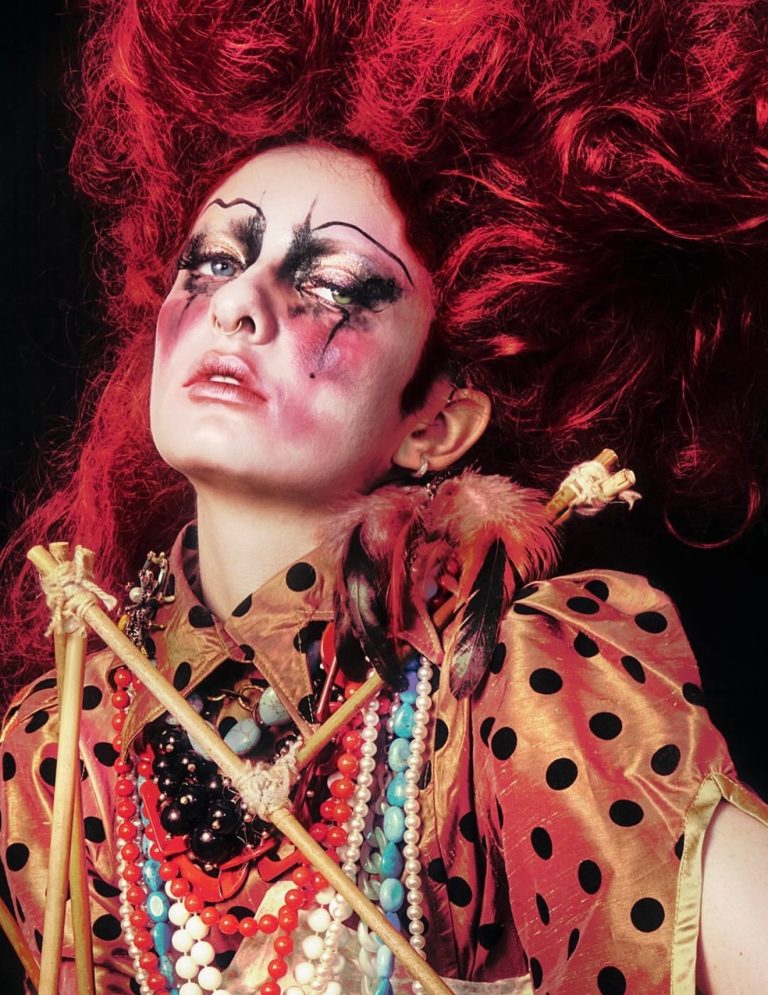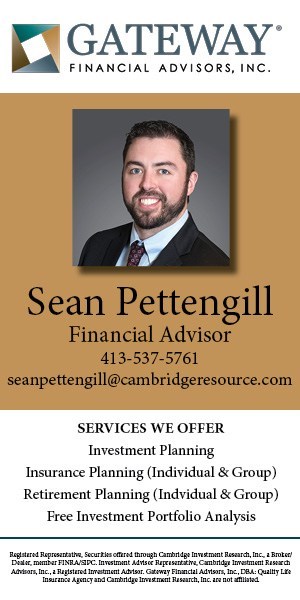AS A REALTOR, I often get asked which neighborhood I think is the next up-and-coming area in the city. Everyone wishes they’d had the foresight to invest in the Seaport when it was largely the arts community, parking lots and warehouses, and is looking for that under-the-radar opportunity. East Boston and its redevelopment gets a lot of attention. But there is one neighborhood almost no one is talking about and I believe will see the most growth over the next several years: Bulfinch Crossing.
This neighborhood is located in between the North End, West End, Financial District and Beacon Hill – the location couldn’t be more convenient. Bulfinch Crossing is within a 10-minute walk from the Green, Orange, Blue and Red lines and also includes the TD Garden, which is not only home to the Celtics and Bruins but also the Hub on Causeway, an entertainment center with restaurants, bars, a movie theater, live music venues and more. Already seeing the potential in this neighborhood, State Street is moving its headquarters to One Congress Tower, Boston’s tallest office building in 25 years.
The Government Center garage is being torn down to drastically improve the sightline from the neighborhood, and over 2.4 million square feet of space between City Hall, the TD Garden and the Greenway is in the process of being redeveloped into residential towers, office buildings, hotels and retail space known as Bulfinch Crossing. Like the Seaport before it, the relocation of global industries to the Bulfinch Crossing will bring thousands of people wanting to live near where they work, and bars, restaurants and retail geared towards the neighborhood’s new residents.
Like all Boston neighborhoods, Bulfinch Crossing is steeped in a rich history of its own. It was originally a part of the Charles River Estuary and known as North Cove, separating Beacon Hill from the North End and only could be crossed at low tide on a narrow causeway. A dam was created out of North Cove by local millers in the 17th century to create Mill Pond and in 1804, the Mill Pond corporation successfully petitioned the City of Boston to fill the pond to create additional land needed to develop the area. For that development, local architect Charles Bulfinch was commissioned to prepare the plans for the mixed-use residential and commercial area. By the time his plans came to fruition, the railroad industry had become the neighborhood’s leading industry and the Bulfinch Triangle became a transportation hub, with North Station constructed to meet the growing freight and passenger demands of the city. Around the stops popped up manufacturing and furniture companies, finding the location perfect for distribution.

Its industrial roots shifted in the 1930s with the Great Depression affecting the manufacturing industries in the area, and then the migration out of the city and into the suburbs following World War II and the baby boom. The construction of the Central Artery in the 1950s also changed the complexion of the neighborhood, as well as the West End urban renewal project. Still, its former factory buildings stayed mostly intact and in 1983, the Bulfinch Crossing was designated as a Federal Register Historic District. Soon after, plans were made for the Big Dig to remove the central artery as part of the Boston 2000 Plan, which envisioned Bulfinch Crossing returning to the mixed-use residential and commercial neighborhood that Charles Bulfinch imagined and planned centuries ago.
Finally, all the planning and development by our city’s visionaries is coming together and when it begins to gain momentum, Bulfinch Crossing will be the city’s most desirable neighborhood. Now is the time to get in early on the next trend; to be a part of history and at the forefront of its most exciting chapter yet – where it all comes together.
Although much of the area’s housing has yet to break ground, all the existing residential buildings have a story of their own. Forecaster is the former site of the Forecaster raincoat factory. Rumor has it that residence #206 was its showroom.

With 2 bedrooms, 2 bathrooms, 12-foot living room ceilings, exposed brick, quartz countertops, and garage parking, this home has historic charm with modern amenities. Learn more about it here.
***

Erika Tarlow is a seasoned real estate professional, having worked in the Greater Boston market since 2013. She specializes in working with buyers, sellers, developers, and investors in Boston and the surrounding northwest suburbs. Her passion for architecture and interior design also bring a unique and knowledgeable perspective to her work in real estate. She is a licensed realtor in the Commonwealth and a member of the Massachusetts Board of Realtors, the National Association of Realtors, and the Greater Boston Real Estate Board. She is also a New England Patriots Professional Cheerleader Alumni, having represented the 6-time Super Bowl Champion franchise at Super Bowl XXXIX. Outside of real estate, Erika enjoys yoga, music and traveling; she can be found exploring new restaurants and all that this city has to offer.














